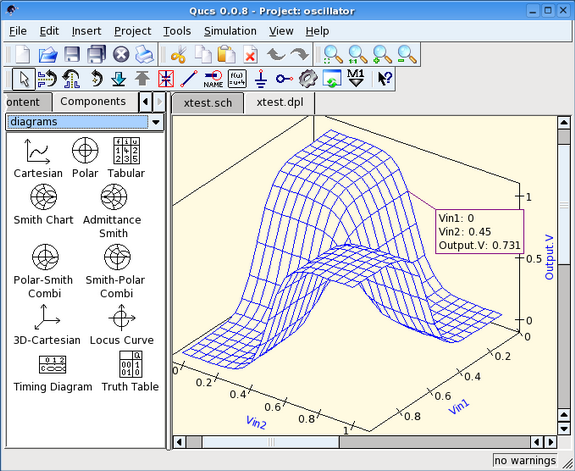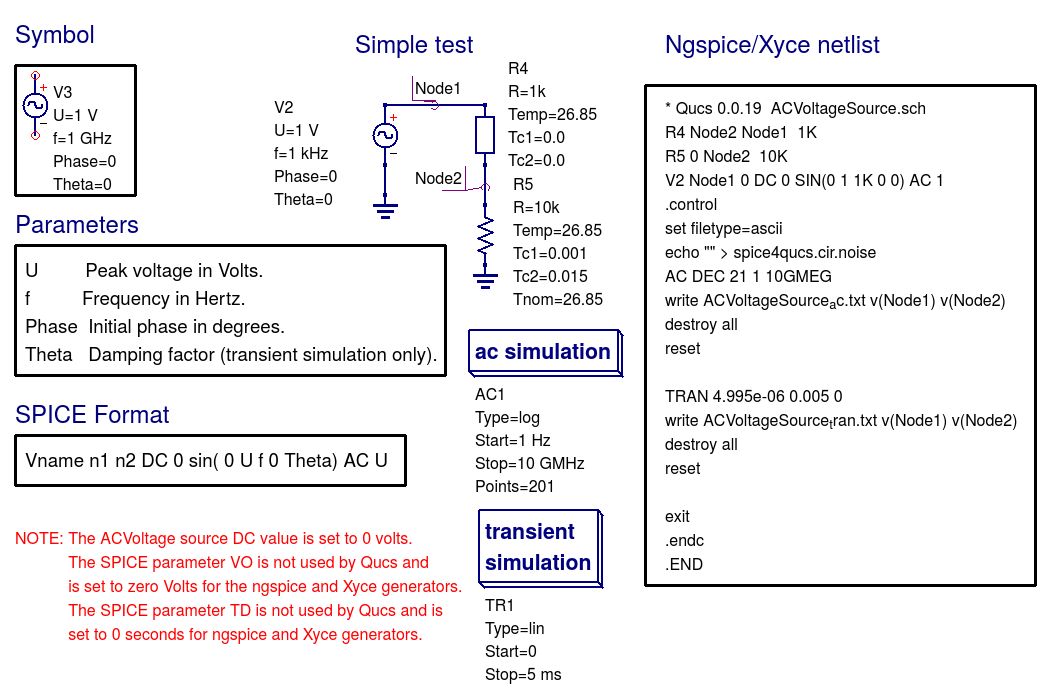

Sometimes when we are analysing alternating waveforms we may need to know the position of the phasor, representing the alternating quantity at some particular point especially when we want to compare two different waveforms on the same axis.

So we can say that a phasor represent a scaled voltage or current value of a rotating vector which is “frozen” at some point in time, ( t ) and in our example above, this is at an angle of 30 o. Then the time axis of the waveform represents the angle either in degrees or radians through which the phasor has moved. Likewise, when the tip of the vector is vertical it represents the positive peak value, ( +Am ) at 90 o or π/2 and the negative peak value, ( -Am ) at 270 o or 3π/2. When the vector is horizontal the tip of the vector represents the angles at 0 o, 180 o and at 360 o. Each position along the horizontal axis indicates the time that has elapsed since zero time, t = 0. If the length of its moving tip is transferred at different angular intervals in time to a graph as shown above, a sinusoidal waveform would be drawn starting at the left with zero time. Then a Phasor is a quantity that has both “Magnitude” and “Direction”.Īs the single vector rotates in an anti-clockwise direction, its tip at point A will rotate one complete revolution of 360 o or 2π representing one complete cycle. A complete sine wave can be constructed by a single vector rotating anti-clockwise at an angular velocity of ω = 2πƒ, where ƒ denotes the frequency of the waveform. Thus phasor diagrams can be thought of as representing “functions of time”.

The phase of an alternating quantity at any instant in time can be represented by phasor diagrams. In both cases the phase angle, direction and angular velocity remains the same. Likewise, a clockwise rotation is considered to be a negative rotation.Īlthough the both the terms vectors and phasors are used to describe a rotating line that itself has both magnitude and direction, the main difference between the two is that a vectors magnitude is the “peak value” of the sinusoid while a phasors complex magnitude is the “rms value” of the sinusoid as they deal with AC circuits which have reactance. This anti-clockwise rotation of the vector is considered to be a positive rotation. The arrowed end represents the quantity which freely rotates in an anti-clockwise direction at an angular velocity, ( ω ). Generally, vectors are assumed to pivot at one end around a fixed zero point known as the “point of origin”. One way to overcome this problem is to represent the sinusoids graphically within the spacial or phasor-domain form by using Phasor Diagrams, and this is achieved by the rotating vector method.īasically a rotating vector, also regarded as a “ Phase Vector“, is a scaled line whose length represents an AC quantity that has both magnitude (“peak amplitude”) and direction (“phase”) and which has been “frozen” at some point in time.Ī vector that has an arrow head at one end which signifies partly the maximum value of the vector quantity ( Vm or Im ) and partly the end of the vector which rotates. The generalised sinusoidal expression given as: A (t) = A m sin(ωt ± Φ) represents the sinusoid in the time-domain form.īut when presented mathematically in this way it can sometimes be difficult to visualise the angular or phasor difference between the two (or more) sinusoidal waveforms. Also the terms “lead” and “lag” as well as “in-phase” and “out-of-phase” are commonly used to indicate the relationship of one sinusoidal waveform to another. Sinusoidal waveforms of the same frequency can have a Phase Difference between themselves which represents the angular difference of the two sinusoidal waveforms. Generally, phasors are defined relative to a reference phasor which is always points to the right along the x-axis. Phasor diagrams present a graphical representation, plotted on a coordinate system, of the phase relationship between the voltages and currents within passive components or a whole circuit.


 0 kommentar(er)
0 kommentar(er)
